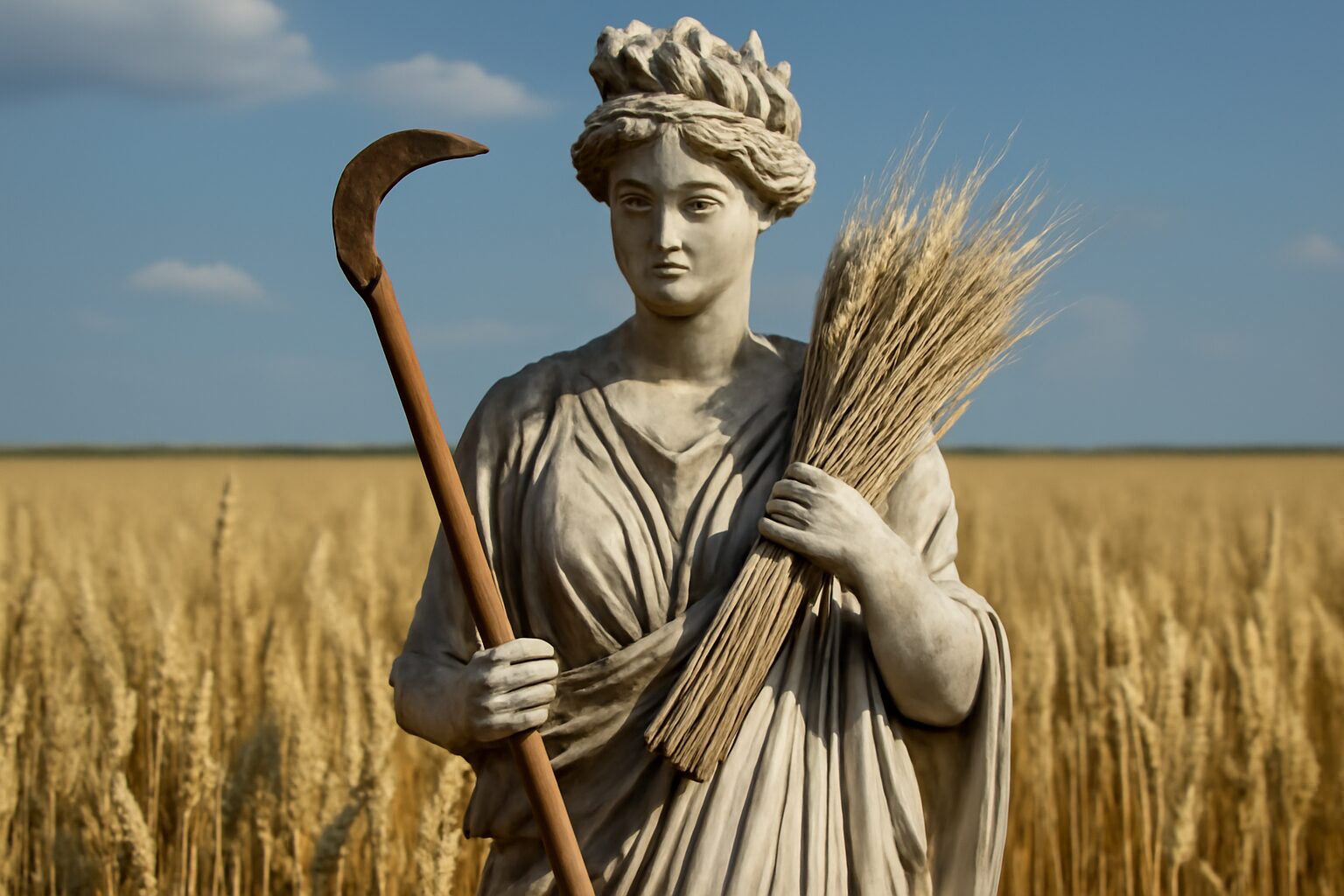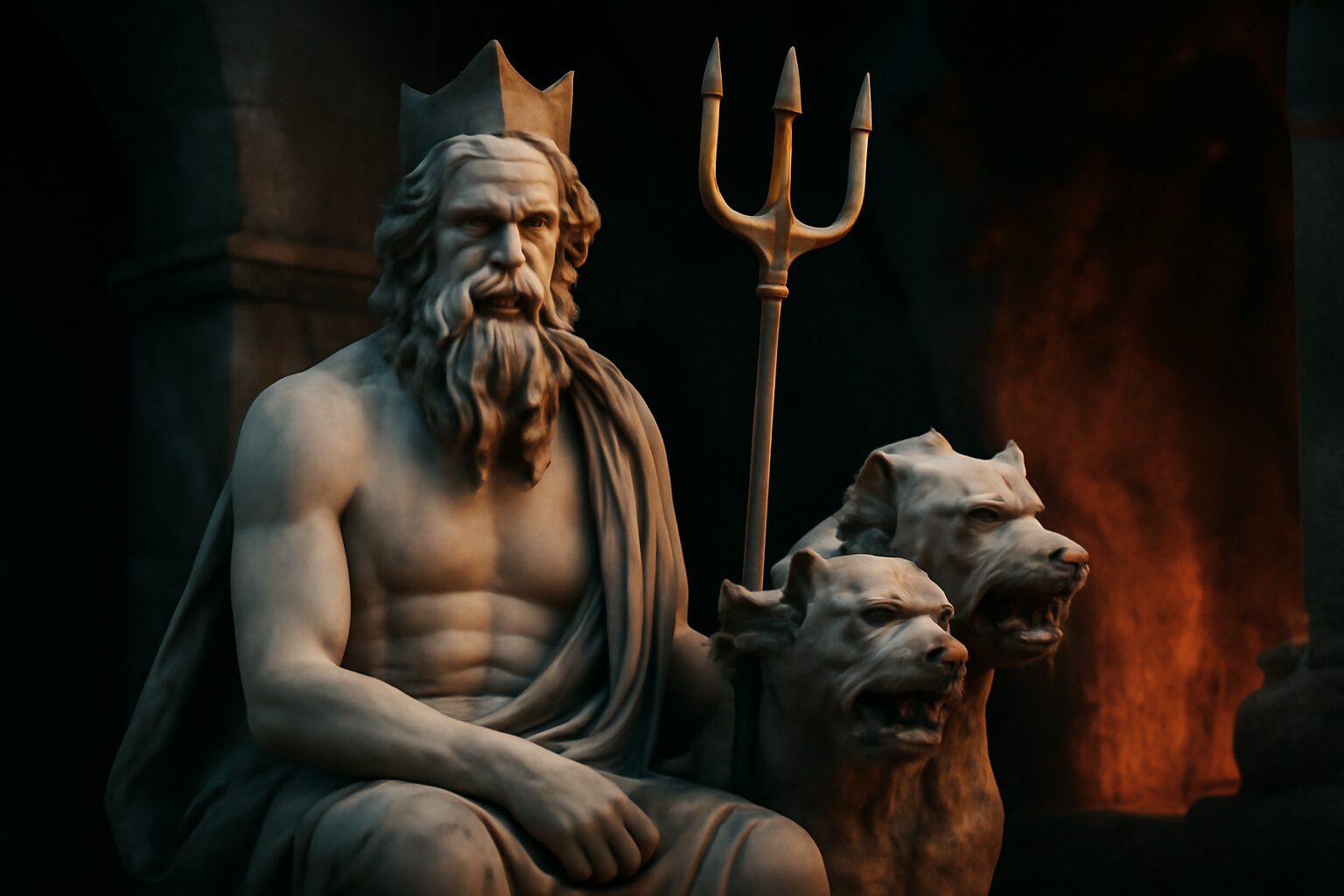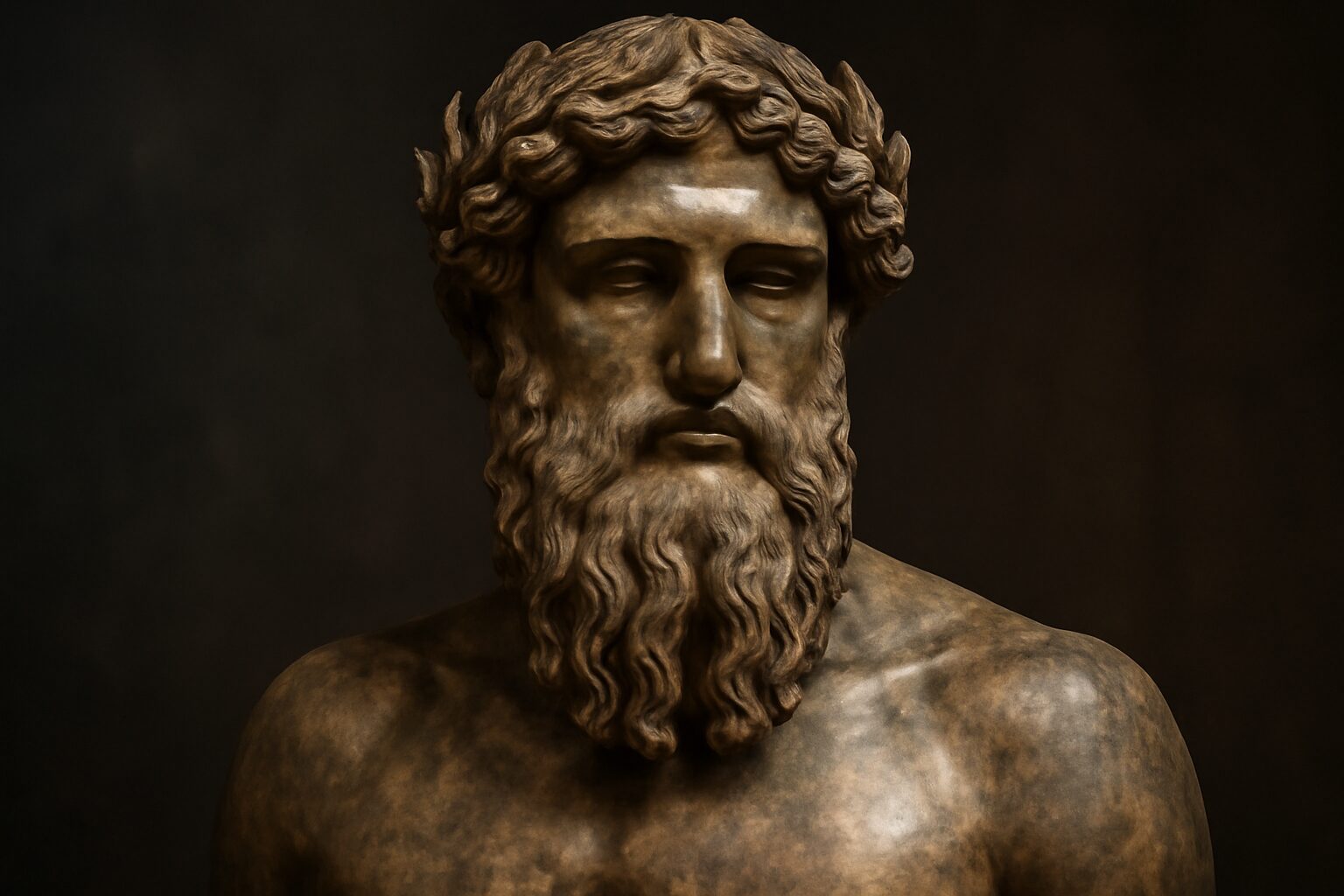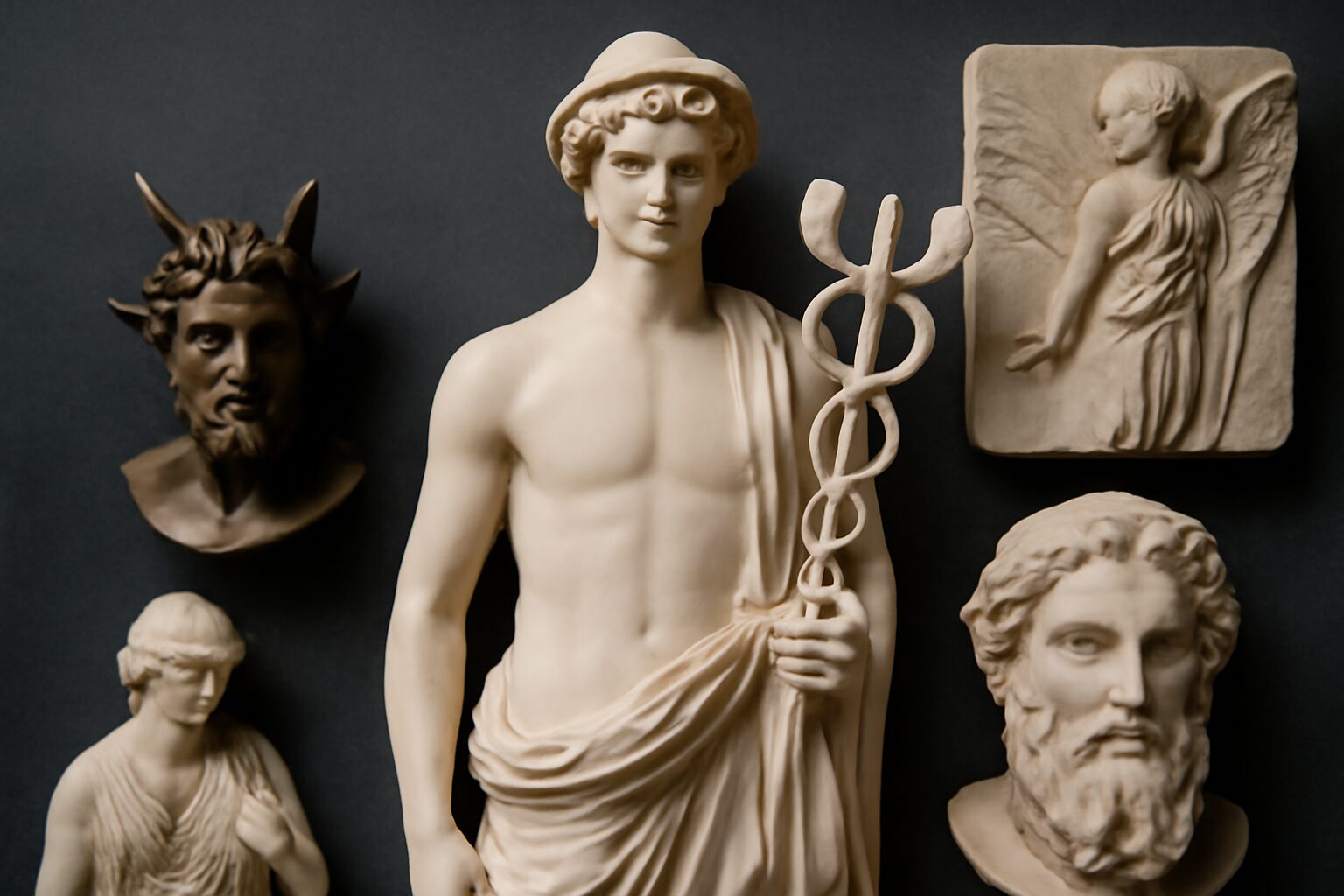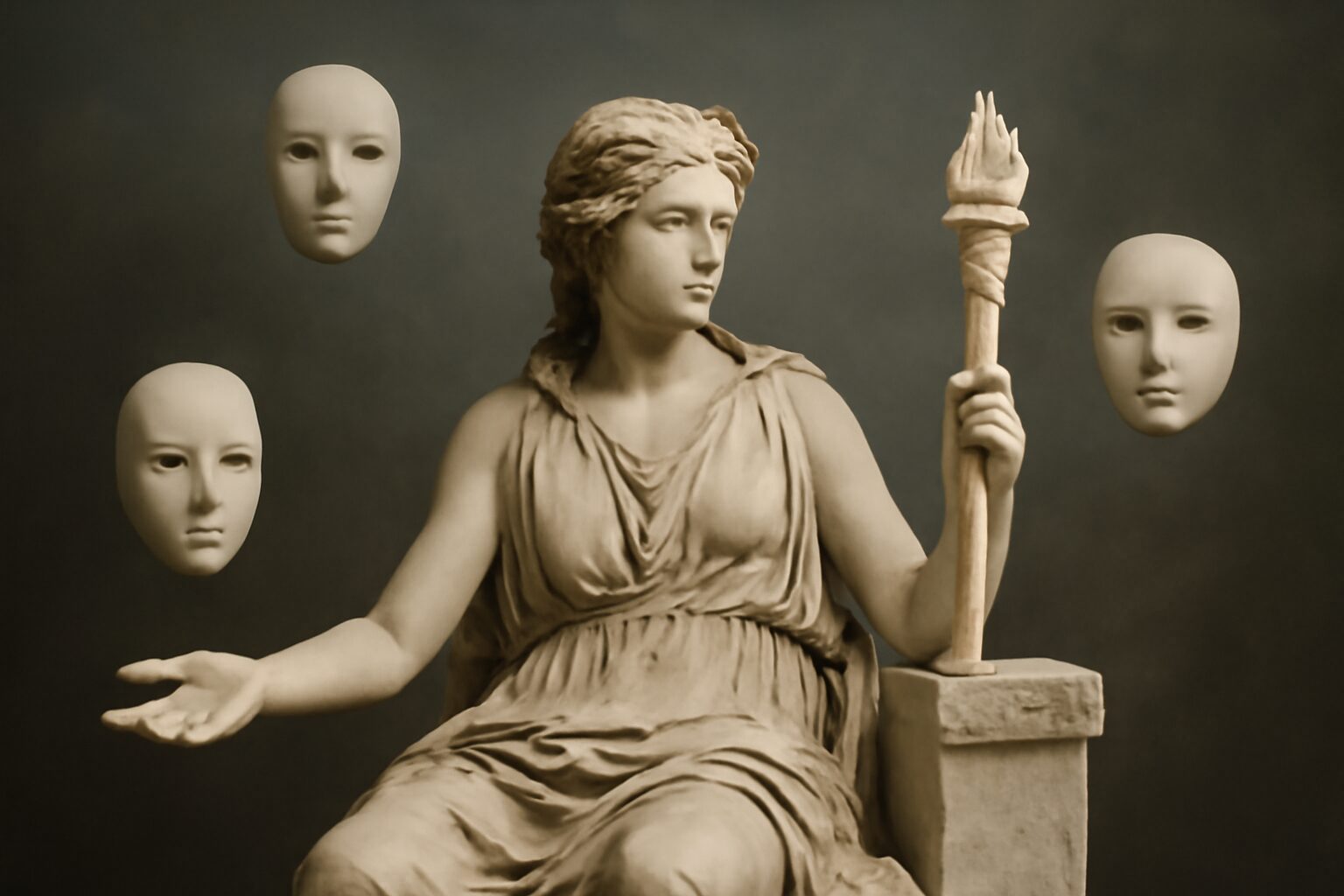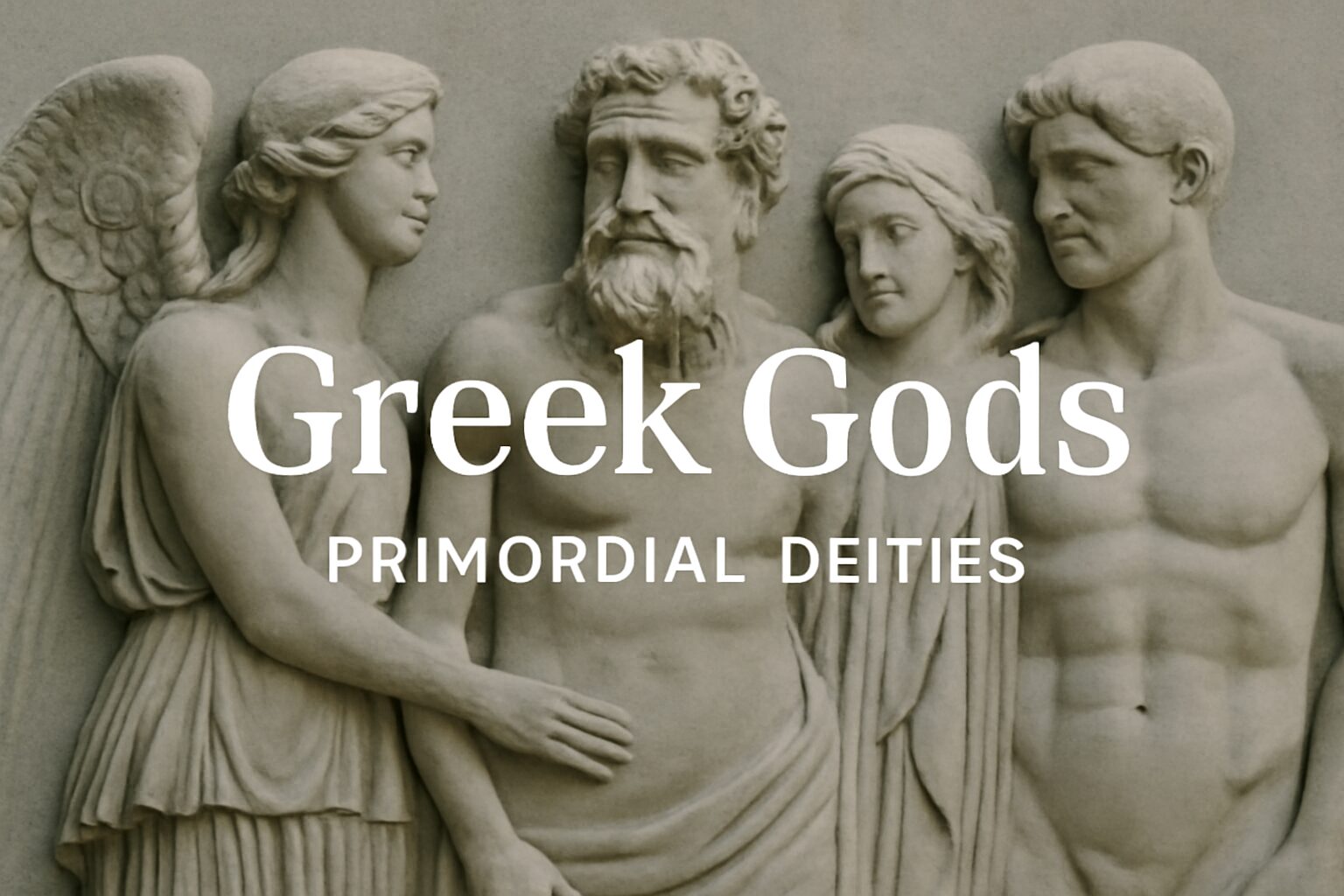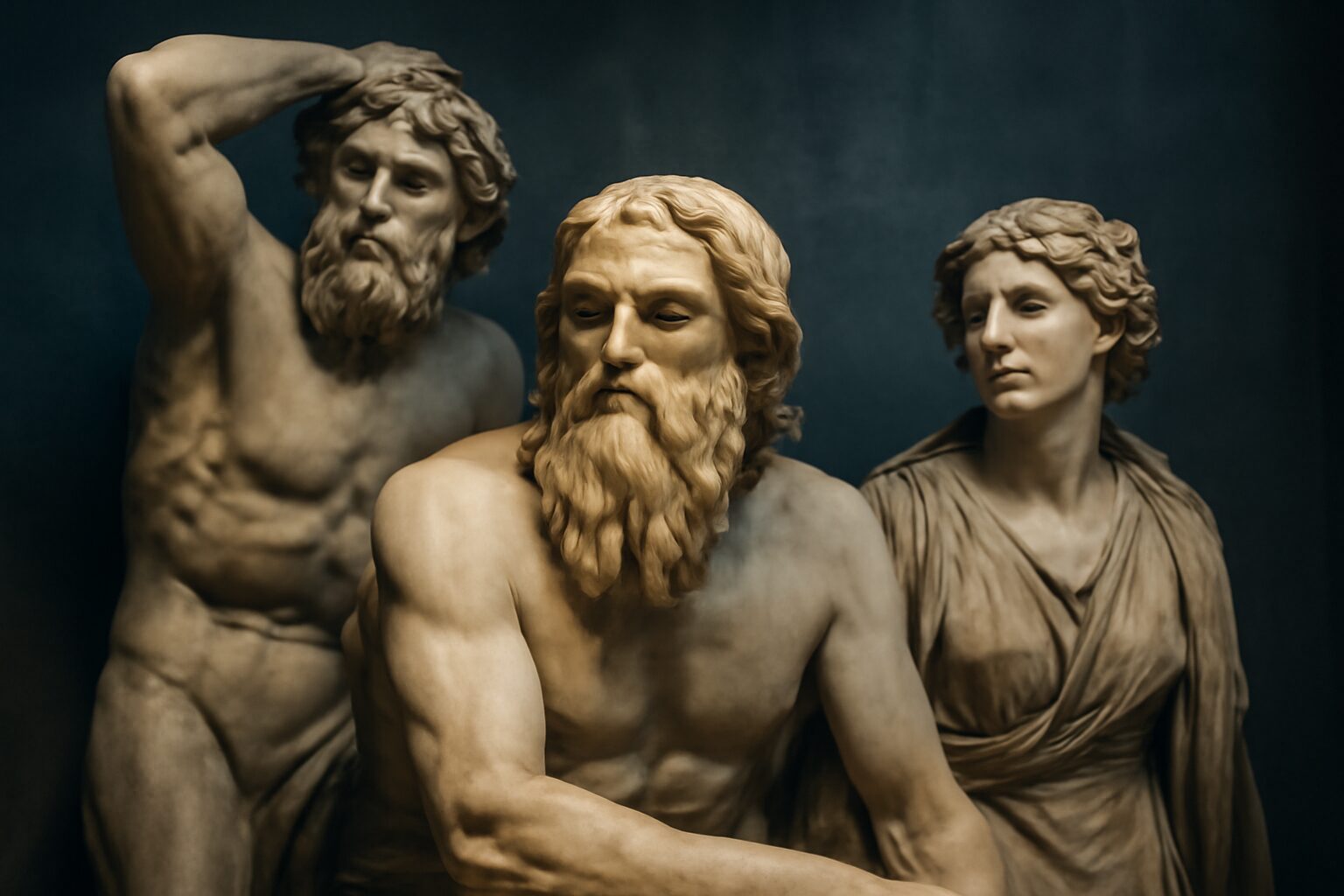Sterope: The Celestial Nymph of Greek Mythology
In Greek mythology, Sterope (also spelled Asterope) is a fascinating figure whose name means "lightning" or "twinkling", reflecting her celestial connections. She is most commonly known as one of the Pleiades, the seven daughters of the Titan Atlas and the Oceanid Pleione. The Pleiades were nymphs associated with the stars, and their constellation remains one of the most recognizable in the night sky.
Mythology and Significance
Sterope's story is intertwined with both divine and mortal realms. According to myth, she and her sisters were pursued by the hunter Orion, leading Zeus to transform them into stars to protect them. However, Sterope's legacy extends beyond her celestial form. She is sometimes linked to Ares, the god of war, as his lover and the mother of his son, Oenomaus, who later became the king of Pisa and the father of Hippodamia.
In some versions of the myth, Sterope is also associated with Hippodamia's suitors, as her grandson Pelops famously competed in a deadly chariot race to win Hippodamia's hand. This connection places Sterope at the heart of one of Greek mythology's most dramatic tales of love, betrayal, and destiny.
Powers and Symbolism
As a Pleiad, Sterope embodies the ethereal beauty and mystery of the stars. Her name suggests a shimmering, fleeting quality, much like the twinkling of starlight. While she doesn't possess the vast powers of the Olympian gods, her role as a celestial nymph ties her to themes of fate, guidance, and the divine influence on human lives.
In art and literature, Sterope and her sisters are often depicted as a cluster of stars, symbolizing unity, protection, and the eternal presence of the divine in the natural world. Their constellation was used by ancient sailors for navigation, further emphasizing their practical and spiritual significance.
Relationships and Legacy
Sterope's relationships highlight her dual nature—both divine and mortal. Her union with Ares bridges the gap between the warlike and the celestial, while her descendants, like Oenomaus and Pelops, play pivotal roles in heroic myths. Through her lineage, Sterope connects the cosmic and earthly realms, reinforcing the idea that the gods were deeply involved in human affairs.
Though not as widely celebrated as some Olympian deities, Sterope's enduring presence in the night sky ensures her story remains a shimmering thread in the rich tapestry of Greek mythology.
Alternative Names for Sterope
God Name: Asterope (Greek)
An alternative name for Sterope, often used interchangeably in Greek mythology. It is derived from the Greek words 'aster' meaning 'star' and 'ops' meaning 'face', highlighting a celestial connection.
God Name: Steropes (Roman)
The Romanized version of Sterope, maintaining the original Greek essence but adapted to Roman linguistic conventions. It appears in some Roman texts referencing Greek myths.
God Name: Astre (Greek)
A less common variant of Sterope found in certain regional Greek myths. It simplifies the name while retaining the celestial meaning tied to stars or light.
Tales about Sterope
Sterope and the Healing of Ares
In the aftermath of a brutal clash between the gods and giants, Ares, the god of war, lay gravely wounded upon the battlefield. His divine blood soaked the earth, and his roars of agony echoed across the heavens. It was Sterope, one of the seven Pleiades and a star-nymph of the sky, who descended from her celestial home to aid him. Known for her luminous presence, she used her light to cleanse his wounds and her gentle touch to soothe his fury. As she tended to him, her radiance intertwined with his martial energy, creating an aura of tempered strength. Grateful, Ares gifted her a shield forged in the fires of conflict, which she placed among the stars—a testament to compassion tempering war.
The Starlight's Soothing Power
Sterope’s intervention not only healed Ares but also inspired a rare moment of peace in the god of war, reminding all that even in chaos, light can bring restoration.
Sterope’s Alliance with Themis
When disorder threatened the cosmic balance, Themis, the titaness of divine law and order, sought counsel among the stars. She approached Sterope, whose steadfast light symbolized constancy and truth. Together, they wove a tapestry of justice across the night sky, with Sterope’s brilliance illuminating Themis’s scales of fairness. Their collaboration ensured that order prevailed over chaos, and Sterope’s star shone ever brighter as a beacon of righteousness. In gratitude, Themis decreed that Sterope’s light would guide lost travelers and inspire truth-seekers for all eternity.
A Celestial Pact
This alliance between starlight and law became a foundational myth, illustrating how harmony between cosmic forces upholds the universe’s integrity.
Frequently Asked Questions
Who is Sterope in Greek mythology?
Sterope is one of the seven Pleiades, the daughters of the Titan Atlas and the Oceanid Pleione. She is a sky deity associated with stars and celestial phenomena.
What does the name Sterope mean?
The name Sterope means 'lightning' or 'twinkling' in Greek, reflecting her connection to the stars and the sky.
Why is Sterope important in Greek mythology?
Sterope is important as one of the Pleiades, a group of nymphs who were transformed into stars. Their story explains the origin of the Pleiades star cluster in the night sky.
How does Sterope's story apply today?
Sterope's story connects ancient Greek mythology to modern astronomy, as the Pleiades star cluster is still visible today and remains a subject of cultural and scientific interest.
Are there any myths or stories about Sterope?
Yes, one myth says Sterope married the mortal king Oenomaus and became the mother of Hippodamia. Another version suggests she was the mother of Parthenopeus by Ares, the god of war.


